Study: Using Satellite Navigation Shuts Down Parts of Your Brain

A new study suggests drivers who follow GPS directions regularly do not engage their hippocampus, highly limiting the development of an internal map and making them more dependent on navigation devices. We’ve all heard accounts of London cabbies with juicy, swollen central lobes, stemming from the requisite training and memorization of city streets and landmarks. It turns out the inverse may also be true. This may be another classic case of if you don’t use it, you lose it.
The University College London discovered the hippocampus (used for direction and memory) and the prefrontal cortex (used for decision-making) both saw elevated levels of activity whenever drivers turned down unfamiliar streets or had free-choice to follow along their route. However, those making use of navigational systems produced no additional activity in those areas whatsoever. Zero, zilch, nada.
The researchers’ experiment monitored the brains of 24 volunteers during driving simulations of central London, some with fixed routes to a destination and some without. Those without may have made it to their destinations on-time, but the extreme lack of mental energy exerted by those two areas was on par with someone watching an episode of The View.
“Our results fit with models in which the hippocampus simulates journeys on future possible paths, while the prefrontal cortex helps us to plan which ones will get us to our destination,” said Hugo Spiers, director of science at Centric labs. “When we have technology telling us which way to go, however, these parts of the brain simply don’t respond to the street network. In that sense our brain has switched off its interest in the streets around us.”
Even getting lost exercises these parts of the brain, Spiers said, meaning even if you are flummoxed or frustrated, you are still exercising your mind strengthening your gray matter.
Of course, the upside of allowing your hippocampus and prefrontal cortex to wither and die through the use of electronic navigational assistance is smoother sailing through traffic or convoluted roadways. There are some places where tapping your GPS for guidance could shave an hour off the trip and, for those areas, asking for a little help is a no brainer. The downside is that you’ll never get any better at traversing that particular zone without a digital aid and have a frontal lobe resembling a half piece of chewed-up gum.

A staunch consumer advocate tracking industry trends and regulation. Before joining TTAC, Matt spent a decade working for marketing and research firms based in NYC. Clients included several of the world’s largest automakers, global tire brands, and aftermarket part suppliers. Dissatisfied with the corporate world and resentful of having to wear suits everyday, he pivoted to writing about cars. Since then, that man has become an ardent supporter of the right-to-repair movement, been interviewed on the auto industry by national radio broadcasts, driven more rental cars than anyone ever should, participated in amateur rallying events, and received the requisite minimum training as sanctioned by the SCCA. Handy with a wrench, Matt grew up surrounded by Detroit auto workers and managed to get a pizza delivery job before he was legally eligible. He later found himself driving box trucks through Manhattan, guaranteeing future sympathy for actual truckers. He continues to conduct research pertaining to the automotive sector as an independent contractor and has since moved back to his native Michigan, closer to where the cars are born. A contrarian, Matt claims to prefer understeer — stating that front and all-wheel drive vehicles cater best to his driving style.
More by Matt Posky
Latest Car Reviews
Read moreLatest Product Reviews
Read moreRecent Comments
- Jeffrey Henry Ford said about innovation, “ If I had asked my customers what they wanted, then they would have said a faster horse." Change is inevitable!!!https://www.wri.org/insights/countries-adopting-electric-vehicles-fastest#:~:text=Currently%2C%2016%20countries%2C%20including%20Canada,create%20and%20enforce%20such%20policies.
- ToolGuy If these guys opened a hotel outside Cincinnati I would go there to sleep, and to dream.
- ToolGuy Michelin's price increases mean that my relationship with them as a customer is not sustainable. 🙁
- Kwik_Shift_Pro4X I wonder if Fiat would pull off old world Italian charm full of well intentioned stereotypes.
- Chelsea I actually used to work for this guy



















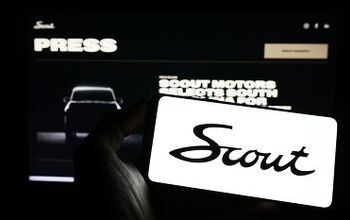
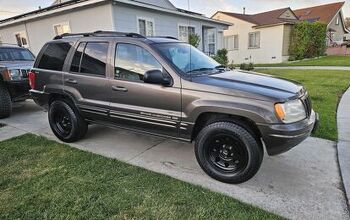


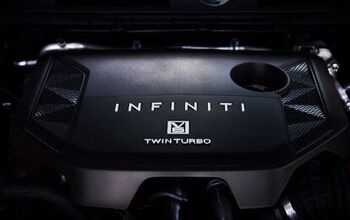
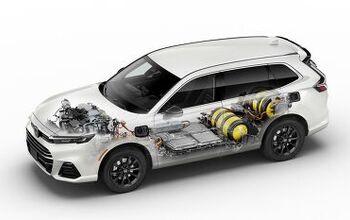
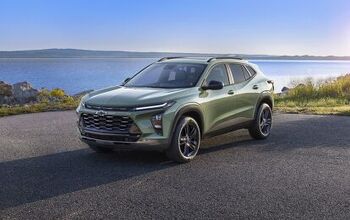

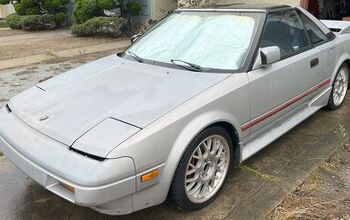

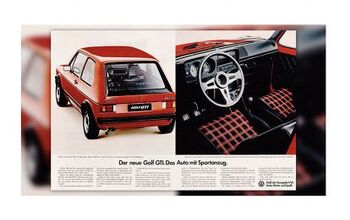

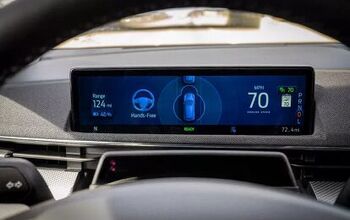


Comments
Join the conversation
Set map to 2d, use north always up function. There you go. Always a mental map in your head.
Personally, I find the P.G.S. far outperforms the GPS. PGS, you ask? yes, a Paper Geographic System. I look at a map. (I will also use Google maps when I don't own a map of a particular area, plus it's easier to calculate distance; however Google Maps' directions are often horsesh** so I always have to zoom in closely on complex areas). I write down the directions on a piece of scratch paper and put it in my shirt pocket, referring to it as I drive. I don't believe I have ever actually used a GPS to guide me somewhere. I also almost never get lost. If you feel comfortable being a rat in a maze ("turn right, now turn left, now turn right...") well, good on you. I hope you never have to figure out where you are without your electronic doohickey. You should see how people's heads explode when I say things like "I think that piece of equipment is in the east lab". Or when I figure out where I am because it's afternoon on a winter's day and the sun is in my eyes so I must be traveling roughly southwest.